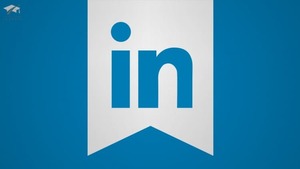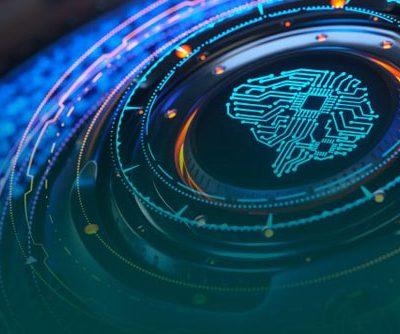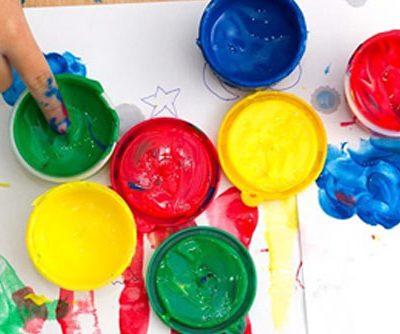The rise of Non-Fungible Tokens (NFTs) has revolutionized the landscape of digital art, reshaping concepts of ownership, value, and artistic expression. Delve into the factors driving this shift and discover how NFTs offer remarkable benefits for both art collectors and digital artists.
Digital art, once a niche area of innovation, has grown into a vibrant field that attracts both traditional art aficionados and digital creators. This genre includes a wide range of forms such as animations, illustrations, and digital paintings, all of which originate from digital platforms.
Unlike traditional art, which has a physical presence, digital art exists only in virtual form until printed or displayed, presenting challenges in verifying authenticity, value, and commercialization. NFTs address these issues.
Over the past decade, the rise of NFTs has introduced a new way to confer uniqueness to digital items, including artworks. These tokens, while sometimes controversial, provide a means to authenticate and trace ownership, allowing digital art to be integrated into the art market in the same way as traditional art.
Though the realm of NFTs might seem intricate, navigating this evolving space is both achievable and crucial in today’s tech-driven world. Whether you are a traditional art collector looking to explore digital formats or a creator seeking to protect the value of your work, understanding NFTs in the context of modern art is essential.

Digital painting with Krita 5.0 advanced level
Last Updated: 2023-08-11
Master advanced techniques and “cheats” to create digital paintings quickly
Unveiling the Marriage of NFTs and Digital Art
Digital artworks, being relatively new forms of art, need a framework that provides them with the same rights as physical artworks, which are typically ensured through Certificates of Authenticity (CoAs). These certificates serve as formal proof of an artwork’s authenticity and include details such as the artist’s name, title of the piece, dimensions, medium, creation date, and signature.
The advent of NFTs has revolutionized the validation of contemporary fine art by offering a new method of authenticity for digital works, even if they are not printed. NFTs act as digital certificates of ownership—unique assets verified through blockchain technology.
The use of NFTs in digital art began in 2014 with unique collectibles and expanded in 2017 with the introduction of the first crypto art marketplaces. As art marketplaces gained traction and the Metaverse emerged, leading to a surge in digital and mixed media creations, NFTs became essential in the contemporary art world.
However, it’s important to clarify the relationship between NFTs and digital art. While their integration appears inevitable, NFTs are not limited to digital art. Similar to cryptocurrency, they can represent a wide range of assets, including art, avatars, real estate, and even memes or GIFs.
Allure of Collectors & Empowerment of Artists: Key Advantages of NFT Art
Blockchain and NFTs have liberated digital artists from traditional market limitations, allowing them to protect their work, sell directly to buyers, and retain control over their artistic endeavors—benefits that were previously unavailable in the conventional art world.
Contrary to popular belief, the allure of NFTs and digital art reaches beyond just younger audiences, attracting a wide range of collectors. This has opened up access to thousands of artworks beyond traditional forms like painting or sculpture.
To grasp the crucial role NFTs play in contemporary art, let’s delve into their main functions as applied to digital art creations:
Immutable Proof of Ownership
NFTs inherently provide digital artists with an immutable record of ownership, ensuring clear authenticity and increased security for both creators and collectors.
Each token is recorded on a blockchain, delivering a permanent, transparent, and easily accessible history for each digital artwork. This allows for the precise tracking of an artwork’s provenance and ownership from its origin, offering buyers robust verification and confirming legitimacy.
Furthermore, by associating an NFT with a particular artwork, artists can create a digital counterpart or “twin” of their physical piece. This digital representation includes metadata that verifies its authenticity.
Shielding Against Forgery
The cryptographic technology behind NFTs makes them highly resistant to counterfeiting. Each token is uniquely encoded and cannot be duplicated, significantly minimizing the risk of fraudulent copies.
Democratizing Art Access
NFTs have transformed the art world by offering artists a novel way to monetize their digital creations. This technology allows artists to tokenize their work, broadening their audience and giving collectors access to a wide variety of artworks.
Additionally, NFTs bypass the conventional art market framework, enabling digital creators to connect directly with buyers. This direct engagement promotes greater autonomy and control over the commercialization process for both artists and collectors.
Technology At Arts’ Disposal
The integration of NFTs and digital art represents a significant transformation in the global art scene. This merger breaks traditional boundaries, empowering artists, engaging collectors of all ages, and redefining concepts of ownership and authenticity in the fine arts.
As we move forward into this digital age, the collaboration between technology and art is continually reshaping our understanding of creativity and responsibility.



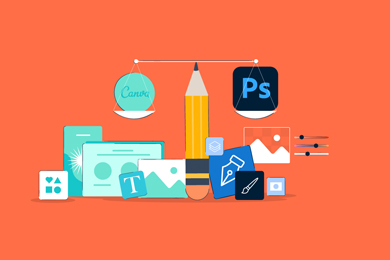

.jpg)
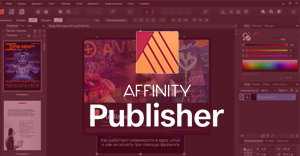
.jpg)

.jpg)
.jpg)
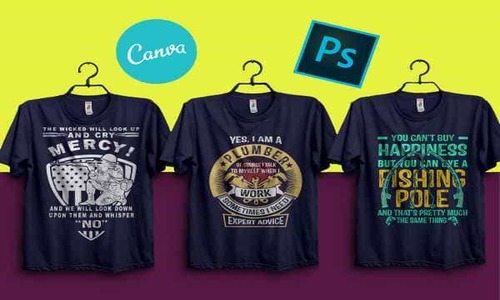
%20(1).jpg)


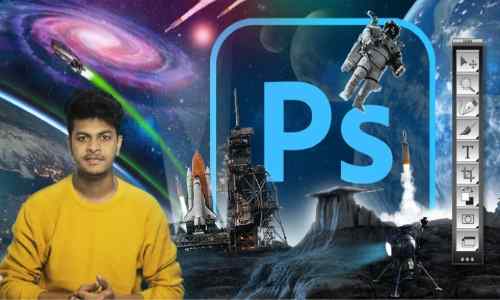
.jpg)
